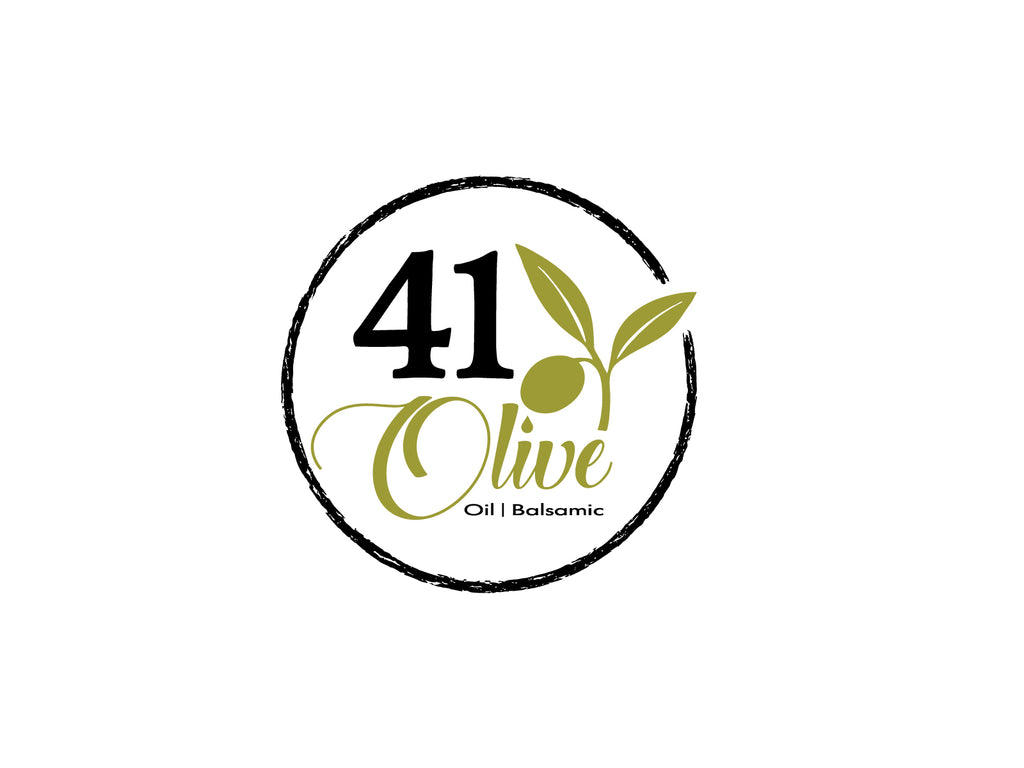Great Tips On Using Infused Balsamic Vinegar With Your Meals
Balsamic vinegar is a popular condiment that is made by reducing grape juice to a thick syrup and then aging it in wooden barrels. This rich, dark vinegar has a distinct sweet and sour flavor that makes it a versatile ingredient in a variety of dishes. Whether you're dressing a salad or marinating meat, balsamic vinegar can add depth and complexity to your meals. In this blog post, we'll explore the many ways you can use balsamic vinegar to elevate your cooking.
First and foremost, balsamic vinegar is an excellent ingredient for salad dressings. Its tangy and slightly sweet flavor pairs well with greens, and its thickness makes for a more substantial dressing that clings to leaves. To make a simple balsamic vinaigrette, combine one part balsamic vinegar with three parts olive oil, a pinch of salt, and a dash of pepper. You can also add other ingredients to this basic recipe to create variations, such as Dijon mustard, honey, or minced garlic.
Balsamic vinegar is also a fantastic marinade for meats. The acidity in the vinegar helps tenderize the meat and infuses it with flavor. To make a basic balsamic marinade, mix together balsamic vinegar, olive oil, minced garlic, and your choice of herbs and spices. Place your meat in a resealable bag with the marinade and let it sit in the refrigerator for a few hours or overnight. You can use this marinade with chicken, beef, pork, or even tofu.
In addition to being a great dressing and marinade, balsamic vinegar is also an excellent glaze for roasted vegetables. Its sweetness caramelizes when heated, making for a deliciously crispy and flavorful coating on your favorite veggies. To make a balsamic glaze, simply heat balsamic vinegar and sugar in a saucepan until it reduces and thickens. Drizzle this glaze over roasted brussels sprouts, carrots, or beets for a tasty side dish.
Balsamic vinegar can also be used to add flavor to sauces and soups. For example, you can use it as a base for a tomato sauce, adding depth and complexity to the flavor. You can also add a splash of balsamic vinegar to a hearty soup, like minestrone or vegetable soup, to brighten the flavors and make them more interesting.
Finally, balsamic vinegar is a great ingredient for desserts. Its sweetness pairs well with fruits, especially berries and stone fruits. Drizzle it over strawberries or peaches for a simple, elegant dessert. You can also use it to make a balsamic reduction that can be drizzled over ice cream or used as a topping for a cheesecake.
In conclusion, balsamic vinegar is a versatile ingredient that can be used in many ways to enhance the flavor of your meals. From salad dressings to marinades to glazes, balsamic vinegar can add depth and complexity to your cooking. So, next time you're in the kitchen, try incorporating this delicious vinegar into your recipes and see how it can elevate your dishes to the next level.
